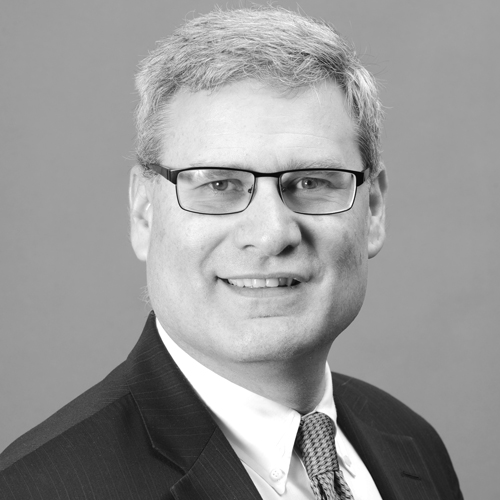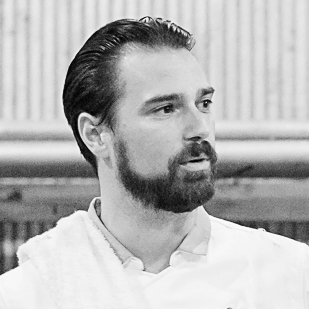Sheryl Bushman knew she was going to be a physician when she was just five years old. Her mother had given birth to a younger sister, but the infant’s lungs had not formed properly, making it impossible for her to breathe. Bushman decided then that she would go into medicine so she could save lives and help parents avoid the grieving she saw her mother go through after the loss of her newborn sister.
Bushman followed through on that promise, ultimately going into obstetrics and gynecology. What she did not anticipate, however, was the turn that her career took as a result of digital technology’s impact on healthcare. Today, she’s the CMIO at the full-service healthcare consulting firm Optimum Healthcare IT, based in Jacksonville, Florida.
While practicing at a rural hospital affiliated with the St. Louis-based Sisters of Mercy, Bushman learned the EHR system that the nursing staff was using. Recognizing its value, she convinced the IT staff to create templates she could use for her labor and delivery notes. Soon after, they began to consolidate the two different IT platforms that the ten Sisters of Mercy Hospitals were using (including different versions of the software at various locations), and clinicians were invited to provide input on capabilities and features that the new system should provide. Bushman’s suggestions were so helpful and insightful that the IT group offered her a job. Although she resisted at first, she agreed to part-time involvement, which grew into a full-time commitment alongside her medical practice.
“I knew I had to choose between the medical and informatics focus and realized I could impact many more people if I helped implement the IT solution,” Bushman says. “I could make the system easier to use for all specialties, more transparent, and safer for patients—everything that an integrated, well-organized health record can provide.”
With no formal IT training, Bushman became medical director of clinical transformation and received seven different certifications in the system’s software. She brought to it a clinician’s eye: reviewing the “symptoms” of a given issue, analyzing the environment in which they occurred, and then developing appropriate solutions.
“I knew I had to choose between the medical and informatics focus and realized I could impact many more people if I helped implement the IT solution.”
Bushman soon realized the importance of maintaining appropriate priorities when addressing informatics issues, the most important being to stay focused on the patient and the larger clinical picture. “Physicians have to remember that an EHR system has to be usable by all providers and specialties,” she explains. “That means understanding the overall clinical workload, the downstream impact of any changes we make, and keeping the data accessible to patients who want information about their own care.”
After leaving Sisters of Mercy, Bushman served as CMIO at NYU Langone Medical Center, and then joined Optimum Healthcare IT in 2014. Throughout these various venues, she has seen that a broad range of decisions must be made at the outset of any project in order for an EHR system to be successful. These might include determining who is responsible for completing transfer-orders reconciliation or the percentage target for physician-entered orders in the system. “There are a million policy decisions that affect care quality and compliance issues,” she says. “If you don’t make them up front and decide who’s responsible for a given factor at any given moment, then no one’s responsible.”
According to Bushman, EHRs are not necessarily time-savers, contrary to common misconceptions—especially during transitional periods such as implementations and upgrades. Their key benefits are in providing transparency, so that routine questions only have to be asked once, and allowing all different specialties and departments to have access to the same information on a single platform. Everything from updated problem and medication lists to automated reminders for labs or exams are all available through a few online clicks.
Bushman also refutes the idea that older practitioners typically push back against newer technology. “Adoption has nothing to do with age,” she says. “I’ve seen users of all ages who are resistant at first or have trouble getting acclimated, but once they understand the value the technology provides and their role in facilitating it, they all adapt very quickly.”
Diagnosing issues and coming up with innovative solutions are Bushman’s favorite aspects of her job. In one instance, she led the team that developed the capability to provide specific wording required to activate CMS observation status, but displayed only for Medicare patients. In another, functionality was implemented to support monitoring and maintaining physician compliance with an Oklahoma requirement to update a public record of prescriptions for scheduled medications.
For the best solutions, Bushman recommends not just adding capabilities that users ask for, but instead asking what they are trying to accomplish. “Fully understanding the goal enables a good informaticist to provide several options to achieve what users need and avoid unintended consequences somewhere else in the system,” Bushman says. “Solving those kinds of problems is the fun part of the job.”
Once users become more familiar with a new EHR system, it’s completely normal for unexpected issues to arise. Bushman finds that the most successful responses can be developed when the IT organizational structure includes physicians and other key operational representatives. In the face of ongoing upgrades, maintenance, and customizing to specific workflow requirements, this is the kind of engagement, Bushman contends, that is necessary to ensuring that EHRs contribute to patient and organizational health.

